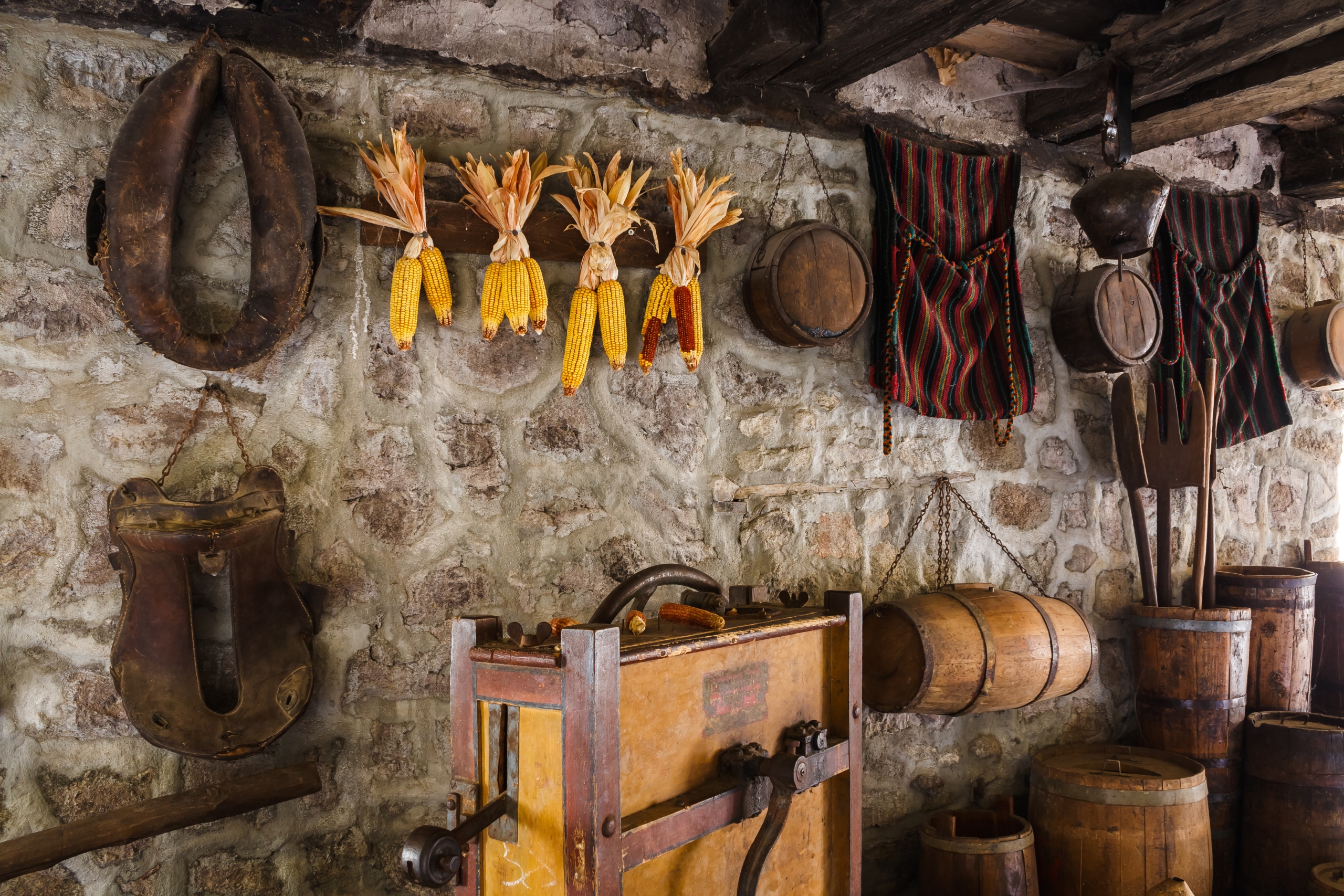On the slopes of Mount Athos, centuries-old monasteries stand amid an atmosphere of quiet devotion. There, the base act of eating is a spiritual practice, rooted in Byzantine tradition and the wisdom of nature. The monastic way of eating is a diet, yes, but also a whole way of life, offering insights into health and well-being that modern science is only beginning to explore.
Mount Athos: A World Apart
Mount Athos, a rugged peninsula in northern Greece, is a place like no other. Known as the “Monastic Republic of Athos,” this sacred territory has been home to Orthodox monks for over a thousand years and remains closed to women. Life here follows an unchanging rhythm of prayer, manual labor, and a diet that has been passed down through generations.
The Athonite diet is shaped by Orthodox fasting traditions, which extend beyond abstaining from certain foods to serve as a means of spiritual discipline. Monks believe that both the preparation and consumption of food can bring one closer to the divine. Their diet is simple, natural, and deeply symbolic.
The effects of this lifestyle are striking: many Athonite monks live well into their nineties with remarkable physical and mental health. Rates of cardiovascular disease and cancer are significantly lower than average, leading researchers to study whether their dietary practices might hold the key to longevity.
One of the defining aspects of their diet is fasting and mindful eating. Recent scientific studies suggest that intermittent fasting—practiced for centuries on Mount Athos—triggers cellular regeneration and lowers the risk of chronic diseases. In many ways, this secluded monastic enclave serves as a natural laboratory for long life.
The Principles of Athonite Monastic Cuisine
The Athonite diet follows a strict liturgical cycle, alternating between periods of fasting, moderation, and occasional feasting. It is based on three key principles:
1.- A Mostly Plant-Based Diet:
- Meat is never consumed.
- Fish is permitted only on certain religious feast days.
- Dairy is avoided for much of the year.
- Fruits, vegetables, legumes, nuts, and grains form the foundation of daily meals.
2.- Fasting and Moderation
- Wednesdays and Fridays are strict fasting days, during which oil and wine are also avoided.
- During Lent and other penitential periods, meals may be limited to bread, olives, raw vegetables, and water.
- Meals are eaten in silence, often accompanied by readings from religious texts.
3.- Simple, Unprocessed Ingredients
- Refined sugars and processed foods are not used.
- Meals are prepared using only what nature provides, with an emphasis on avoiding waste.
- Every meal is an act of gratitude and awareness of the natural world.
The Culinary Traditions of Mount Athos
Over centuries, Athonite monks have developed a cuisine that balances simplicity with rich flavors, nourishing both body and spirit. Some of their most iconic dishes include:
The “Silent” Lentil Soup
A staple of monastic dining, fakes (lentil soup) is made without oil on fasting days and with a touch of olive oil on other days. Lentils, a key source of plant-based protein, have been valued since antiquity for their nutritional benefits.
Ingredients:
Lentils
Onion
Garlic
Tomato
Bay leaf
Black pepper
Tradition: The soup is served in complete silence, allowing monks to meditate on the significance of food as a gift rather than a mere necessity.
Athonite Bread: Natural Fermentation and Gut Health
Bread is a cornerstone of the monastic diet, made with whole grain flour, natural sourdough starter, and spring water. The process of baking is considered an act of prayer, and the bread is often blessed before being eaten.
Health Benefits: Naturally fermented bread is easier to digest, supports gut health, and has a lower glycemic index than industrially produced bread.
Curiosity: Some monasteries bake a sweet ceremonial bread similar to prosphoron, used in Orthodox liturgical services.
Feast Day Fish
On days when fish is allowed, monks prepare simple yet flavorful dishes such as oven-baked sea bass with wild herbs and lemon or octopus stewed in red wine. Fresh fish is always locally sourced, often caught by the monks themselves.
Health Benefits: Fatty fish and octopus are rich in omega-3 fatty acids, which support brain and heart health.
Curiosity: In Orthodox tradition, fish is a symbol of Christ and his teachings.
Sugar-Free Sweets: Monastic Halva
On feast days, monks prepare naturally sweet desserts using honey, dried fruits, and sesame seeds. A classic example is monastic halva, made with semolina flour and honey.
Health Benefits: This nutrient-dense dessert is high in calcium, plant-based protein, and antioxidants, supporting bone health and immune function.
Curiosity: Monks believe that sweets should be consumed in moderation to avoid distracting the spirit.
The Athonite Paradox: A Diet for Longevity?
In recent years, researchers have turned their attention to the health benefits of the Athonite diet. Many monks of Mount Athos live beyond 90 with strikingly low rates of heart disease and cancer. Studies suggest that this longevity may be attributed to:
- The absence of meat and processed foods.
- The benefits of intermittent fasting on metabolism and cell regeneration.
- The high consumption of olive oil, a powerful source of antioxidants.
- A low-stress lifestyle centered on meditation, prayer, and physical work.
The monastic cuisine of Mount Athos is more than a collection of recipes—it is a way of living in harmony with nature and tradition. Every dish, every ingredient, is prepared with the understanding that food is both nourishment and a reflection of a deeper spiritual awareness.
At a time when industrial food and hurried consumption dominate modern life, the dietary traditions of the Athonite monks offer a timeless lesson: eat mindfully, respect nature’s rhythms, and embrace simplicity.
Perhaps, hidden within the solitude and silence of monasteries overlooking the Aegean, lies a key to a longer, healthier life.





